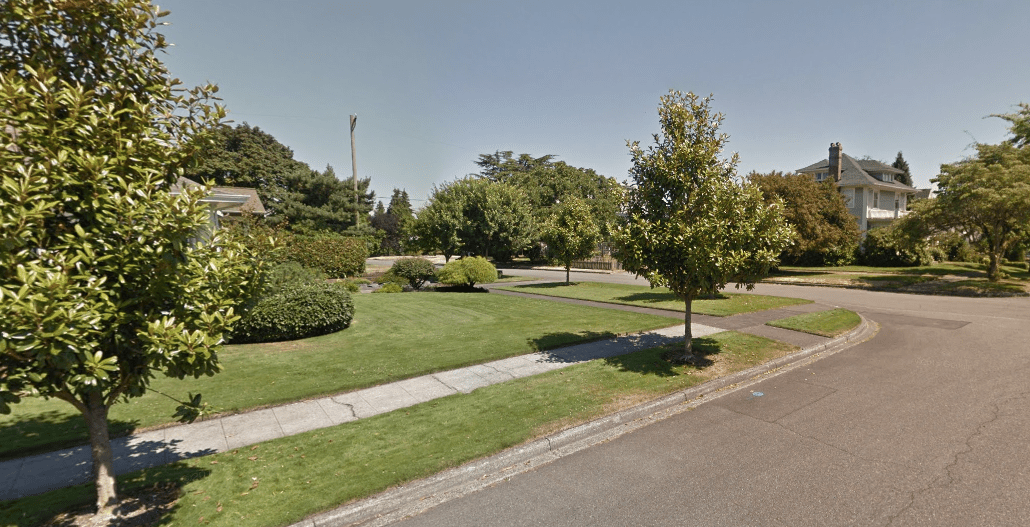Introduction
Sidewalks play a crucial role in enhancing the safety, accessibility, and walkability of neighborhoods. Yet, many communities lack adequate pedestrian infrastructure, posing challenges for residents who rely on walking or cycling as a means of transportation. If you’re passionate about improving your neighborhood’s infrastructure and want to advocate for the installation of sidewalks, you’ve come to the right place. In this comprehensive guide, we’ll explore effective strategies to help you navigate the process of getting sidewalks installed in your neighborhood.
Understanding the Importance of Sidewalks
Enhancing Safety
Sidewalks provide a designated space for pedestrians, separating them from vehicular traffic and reducing the risk of accidents and injuries.
Promoting Accessibility
Sidewalks ensure that individuals of all ages and abilities, including those with mobility impairments or disabilities, can safely navigate their surroundings.
Encouraging Physical Activity
Accessible sidewalks encourage walking and cycling, promoting physical activity and improving public health outcomes.
 Steps to Get Sidewalks Installed
Steps to Get Sidewalks Installed
1. Research Local Regulations
Begin by familiarizing yourself with local regulations and ordinances related to sidewalk installation. Contact your city or municipal planning department to inquire about relevant zoning laws and requirements.
2. Assess Community Needs
Conduct a community needs assessment to identify areas within your neighborhood that lack adequate pedestrian infrastructure. Document safety concerns, traffic volumes, and pedestrian activity to support your advocacy efforts.
3. Build Community Support
Engage with fellow residents, community organizations, and local stakeholders to build support for sidewalk installation initiatives. Host community meetings, gather signatures for petitions, and leverage social media platforms to raise awareness and mobilize support.
4. Advocate with Local Officials
Schedule meetings with elected officials, city council members, and transportation authorities to advocate for sidewalk installation projects. Present your findings from the community needs assessment and emphasize the benefits of sidewalks for safety, accessibility, and community well-being.
5. Participate in Planning Processes
Participate in local planning processes, such as transportation planning meetings and public hearings, to voice your support for sidewalk infrastructure projects. Stay informed about funding opportunities and grant programs that may support sidewalk installation efforts.
6. Collaborate with Experts
Collaborate with urban planners, transportation engineers, and other experts to develop design proposals and feasibility studies for sidewalk projects. Seek their guidance in navigating technical aspects of sidewalk planning and implementation.
7. Monitor Progress and Follow Up
Monitor the progress of sidewalk installation projects and maintain communication with local officials and project stakeholders. Follow up regularly to ensure that community needs are being addressed and that sidewalks are installed according to agreed-upon timelines and specifications.
Conclusion
By following these steps and engaging in proactive advocacy efforts, you can make a meaningful impact in improving pedestrian infrastructure and enhancing the quality of life in your neighborhood. Remember that transforming your community requires dedication, collaboration, and perseverance. With your commitment and collective action, you can successfully advocate for and get sidewalks installed, creating safer, more accessible, and vibrant neighborhoods for all residents to enjoy.


